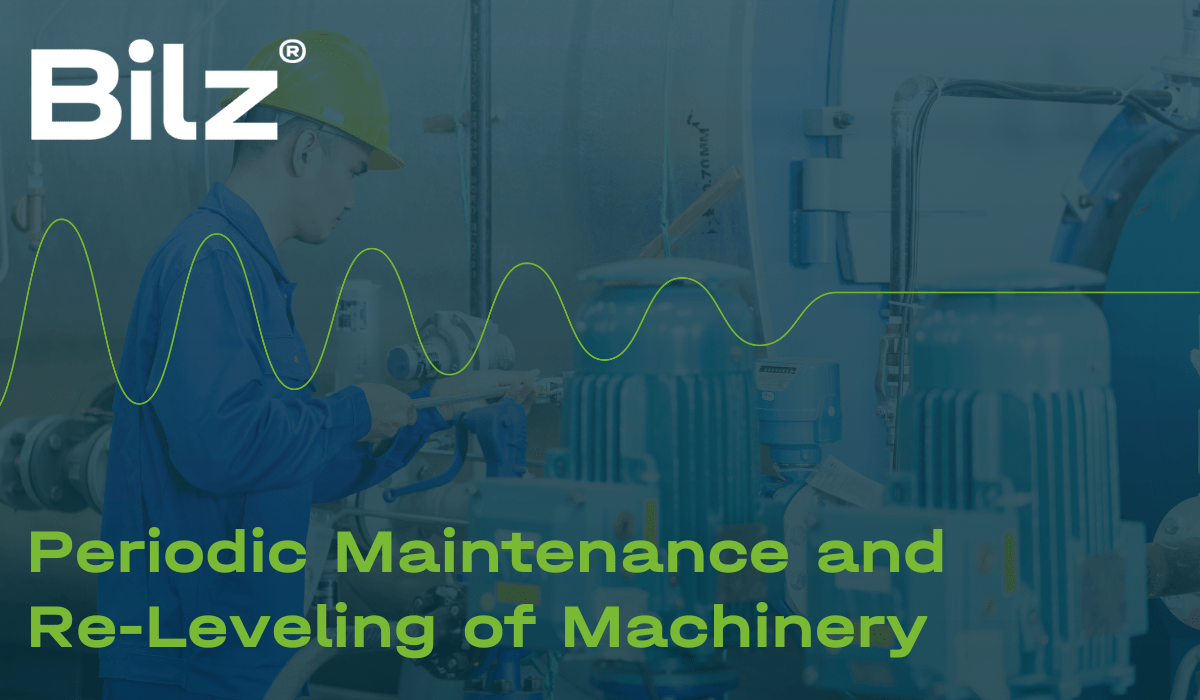Maintaining the precision and performance of industrial machinery is an ongoing task that extends well beyond the initial installation and leveling. Over time, environmental factors, operational stresses, and wear can lead to the need for re-leveling and maintenance. This blog post highlights the importance of periodic maintenance and the re-leveling process, offering guidance on how to keep your machinery operating efficiently and accurately.
The Importance of Regular Maintenance
Regular maintenance ensures that machinery continues to operate within optimal parameters, extending its lifespan and maintaining productivity. This includes checking for wear and tear on moving parts, lubricating components, and ensuring that all safety systems are fully functional. Part of this maintenance should also focus on ensuring the machinery remains level and aligned, as shifts over time can affect performance and product quality.
Signs That Re-Leveling Is Needed
Several indicators may suggest your machinery requires re-leveling:
- Increased Vibration: An increase in vibration could indicate that the machine has shifted from its original level position.
- Wear Patterns: Unusual or uneven wear patterns on machine components can signal misalignment or leveling issues.
- Operational Issues: Difficulty in achieving the desired accuracy or quality in products may be due to the machine not being perfectly level.
- Visual Inspection: Visually inspecting the machine and its supports can sometimes reveal shifts or tilts that necessitate re-leveling.
Steps for Periodic Re-Leveling
- Conduct a Level Check: Use precision leveling instruments, such as laser levels or digital inclinometers, to assess the current level status of the machinery accurately.
- Adjust Leveling Elements: Based on the level check results, adjust the leveling elements—whether they are wedges, screws, or other mechanisms—to correct any deviations from the optimal level.
- Tighten and Secure Adjustments: Once adjustments are made, ensure that all elements are tightened and secured to prevent shifting during operation.
- Re-Check Level and Alignment: After making adjustments, re-check the level and alignment to confirm that the desired position has been achieved.
- Document Adjustments: Keep records of all maintenance and re-leveling activities, including the dates, the adjustments made, and any observations. This documentation can be valuable for future maintenance activities and troubleshooting.
Maintenance Schedule
Creating a regular maintenance schedule is vital for the ongoing reliability of your machinery. The frequency of maintenance and re-leveling will depend on several factors, including:
- Machine Usage: Machines in constant use may require more frequent checks.
- Operational Environment: Machines in environments prone to vibrations, temperature fluctuations, or moisture may need more attention.
- Manufacturer Recommendations: Always consider the maintenance schedule recommended by the machinery's manufacturer.
Conclusion
Periodic maintenance and re-leveling are critical components of machinery management, ensuring operational efficiency, product quality, and the safety of the working environment. By establishing a regular schedule for these activities, you can preempt issues that lead to downtime and costly repairs, maintaining the longevity and performance of your valuable equipment. Remember, preventive care is always more cost-effective than reactive repairs, making regular maintenance and re-leveling an investment in your machinery's future.

